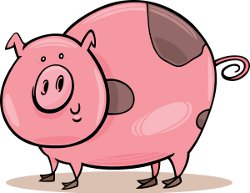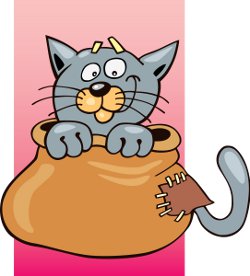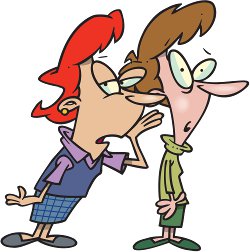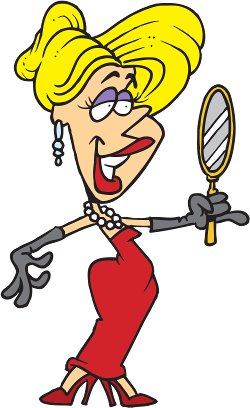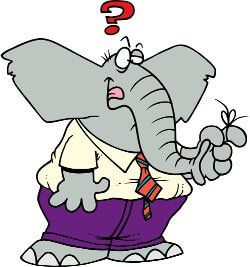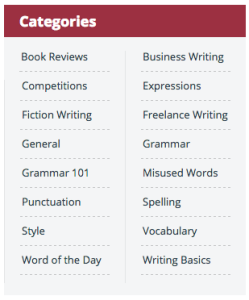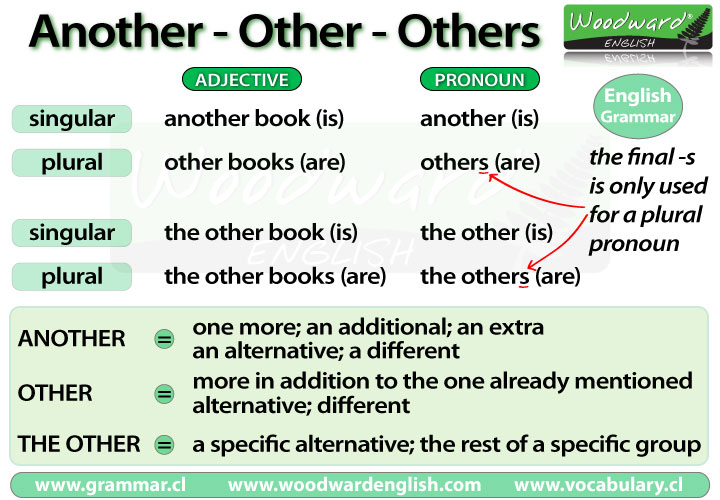When to double a consonant before adding -ed or -ing to a verb
When add -ing to a verb to form its present participle, and -ed to regular verbs to form the past simple. When doing this, we sometimes double the last letter of the verb, as in these examples:
- stop ⇒ stopped, stopping
stopedstoping
- refer ⇒ referred, referring
referedrefering
Sometimes, however, we don’t double the last letter, as with the verb visit:
- visit ⇒ visited, visiting
visittedvisitting
To understand this spelling rule, it’s first necessary to know the meaning of vowel andconsonant:
vowels = a e i o u
consonants are all other letters (b c d f g, etc).
Here’s the rule:
| When to double a consonant before adding –ed and –ing to a verb | ||
| We double the final letter when a one-syllable verb ends in consonant + vowel + consonant.* | stop, rob, sit | stopping, stopped, robbing, robbed, sitting |
| We double the final letter when a word has more than one syllable, and when the final syllable is stressed in speech. | beGIN, preFER | beginning, preferring, preferred |
| If the final syllable is not stressed, we donot double the final letter. | LISten, HAPpen | listening, listened, happening, happened |
In British English, travel and cancel are exceptions to this rule:
travel, travelling, travelled; cancel, cancelling, cancelled.
* We do not double the final letter when a word ends in two consonants (-rt, -rn, etc.):
start – starting, started; burn – burn, burned.
* We do not double the final letter when two vowels come directly before it:
remain – remaining, remained.
* We do not double w or y at the end of words:
play – playing, played; snow – snowing, snowed.
This and other helpful Spelling Tips can be found here > http://speakspeak.com/resources/english-grammar-rules/english-spelling-rules



